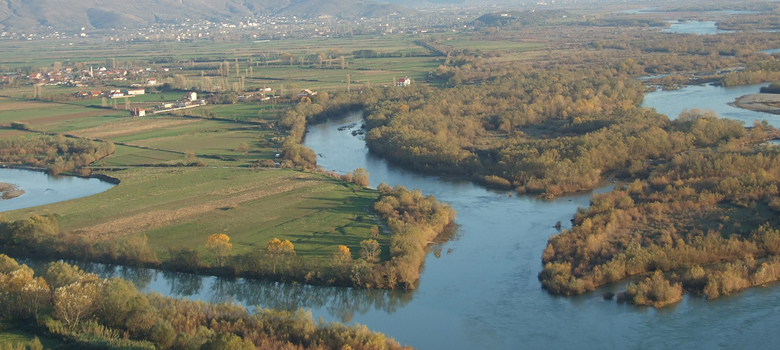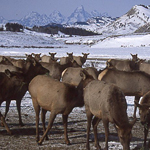
Across the United States, government managers and private property owners stand on the front lines of environmental change: land use pressures, climate change; invasive species; dramatic floods and fires. Those entrusted with managing land and water face bigger challenges on tighter budgets.
The Heinz Center works with federal and state officials, tribal leaders, and other stakeholders to assess the best possible practices for conservation of species and habitat. Our scientists help local ecosystem managers prepare specific wildlife management plans from a landscape scale to an individual species level.
Current work includes:
- Working with the states of Delaware and Alabama to revise their comprehensive State Wildlife Action Plans (SWAPs).
- Collaborating on additional wildlife conservation and climate change projects with tribal nations across the western and mid-western United States.
- Development of a regional science plan for the Southern Rockies Landscape Conservation Cooperative. The Cooperative brings together key stakeholders in wildlife and ecosystem management in the region and aids in minimizing replicated, uncoordinated activity.
- Heinz assisted the Navajo Nation Department of Fish and Wildlife develop its first-ever, strategic plan. The plan includes a climate change vulnerability assessment for Navajo tribal land using tools developed by Dr. Jonathan Mawdsley and Martha Surridge.
- Development of Climate Vulnerability Assessment tools that enable wildlife managers to design climate adaptation plans for high priority fish and wildlife species.
Chesapeake Bay
 The Chesapeake Bay is a national treasure degraded by multiple on-shore activities. Since 2009, a Heinz Center team – led by Anne Marsh – has been working with government officials, local watershed associations and landowners to monitor and reduce harmful runoff. MORE>
The Chesapeake Bay is a national treasure degraded by multiple on-shore activities. Since 2009, a Heinz Center team – led by Anne Marsh – has been working with government officials, local watershed associations and landowners to monitor and reduce harmful runoff. MORE>
Western US Wildlife
 The Heinz Center works with the US Bureau of Land Management (BLM) to evaluate wildlife conservation activities by the nation’s biggest landlord. Two-thirds of the territory within the Rocky Mountain region is managed by BLM, and the opportunity for leveraged effect is self-evident. MORE>
The Heinz Center works with the US Bureau of Land Management (BLM) to evaluate wildlife conservation activities by the nation’s biggest landlord. Two-thirds of the territory within the Rocky Mountain region is managed by BLM, and the opportunity for leveraged effect is self-evident. MORE>
Publications by Heinz Scientists
- Mawdsley, J. 2011. Design of conservation strategies for climate adaptation. Wiley. Interdisciplinary Reviews: Climate Change 2:498–515. doi: 10.1002/wcc.127 http://onlinelibrary.wiley.com/doi/10.1002/wcc.127/full
- Marsh, A., Mawdsley, J. and Negra, C. 2009. Forest observations and indicators needed to respond to climate change. Journal of Forestry 107(5):231-232. http://www.ingentaconnect.com/content/saf/jof/2009/00000107/00000005/art00001
- Mawdsley, J. R., O’Malley, R., and Ojima, D. 2009. A review of climate-change adaptation strategies for wildlife management and biodiversity conservation. Conservation Biology 23(5):1080-1089.http://www3.interscience.wiley.com/journal/122463193/abstract
- Mawdsley, J. R. and O’Malley, R. 2009. Development of multi-species indicators for the Nevada Wildlife Action Plan. Ecological Indicators 9(5):1030-1036.
